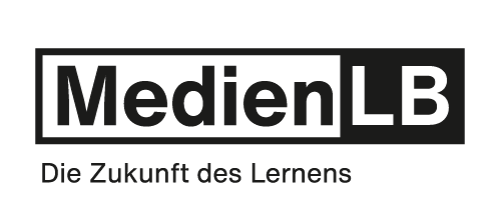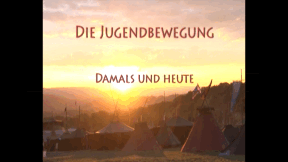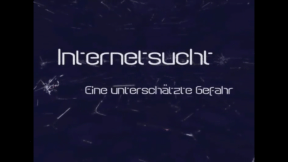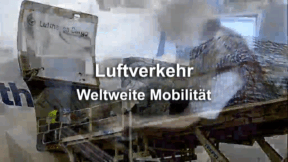 History
History


4675576 / 5563720
Genocide of the Third Reich
Shoah
Germany, 14th July 1933: Six months after Hitler’s so-called rise to power all parties were
banned with the exception of the National Socialist German Labour Party.
Now the total forcible coordination of political life in Germany was completed.
The new political model was based on the Führer cult, an emotional relationship between the Führer and the masses.
»… Hitler is Germany and Germany is Hitler …«
Hitler declared war on the principle of the equality of all people and wrote:
»It (i.e. National Socialist ideology) does by no means believe in an equality of races but along with their difference it recognises their higher or lesser value and feels itself obligated to promote the victory of the better and stronger, and demand the subordination of the inferior and weaker […]“


Curriculum-centred and oriented towards educational standards
Matching
Youth Movement
Dancing until your feet hurt: Here, at the meeting on the Hoher Meissner near Kassel, 3,500 participants from Boy Scout associations, youth and Wandervogel groups from all over the German-speaking region have gathered. They want to celebrate, simply get to know each other and commemorate a historic anniversary.
Internet Addiction
The film consists of two parts. The first part is the 15-minute short film “In the Net”. It describes the problem of excessive Internet use in a humorous way, in particular the risk of losing touch with reality when chatting. The second part illustrates with three real persons how Internet addiction can develop and the problems encountered by those who are afflicted. The authentic statements are commented by an experienced therapist. For many pupils, the issues addressed here are related to their everyday lives. What is a “sensible” use of the Internet, where does pathological addiction start? In contrast to addiction to alcohol, nicotine or drugs, the public seems to be largely ignorant of the problem of this addiction, which is not related to any substance abuse. The film provides material for discussion in the classroom (crossdisciplinary) and can be used as a basis for the formulation of prevention strategies.
Air Traffic
Being able to fly has been a dream of humanity from time immemorial. But it does not even date back a century that people actually started being able to travel through the air. Since the 1960s, the number of flight passengers has been constantly increasing. Thus, the airspace is no longer dominated by birds but by man-made flying objects.









